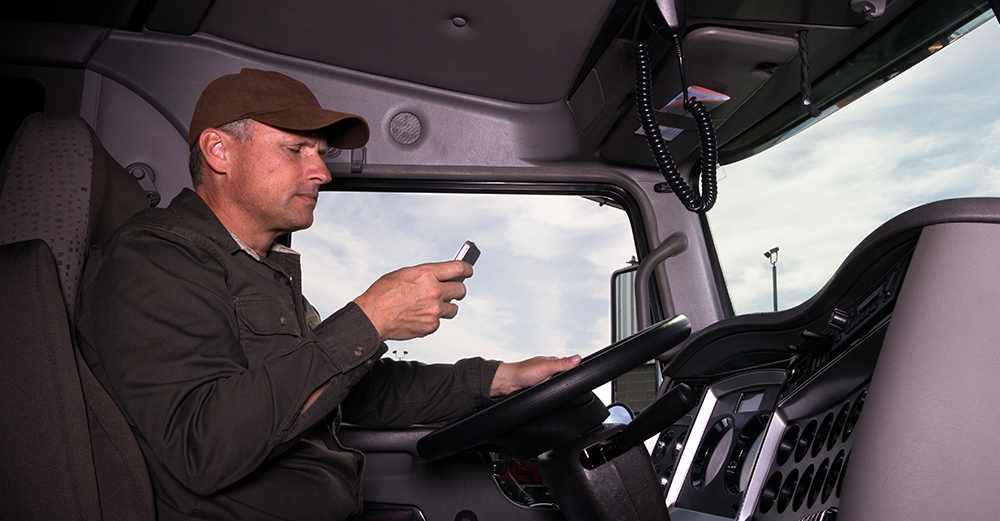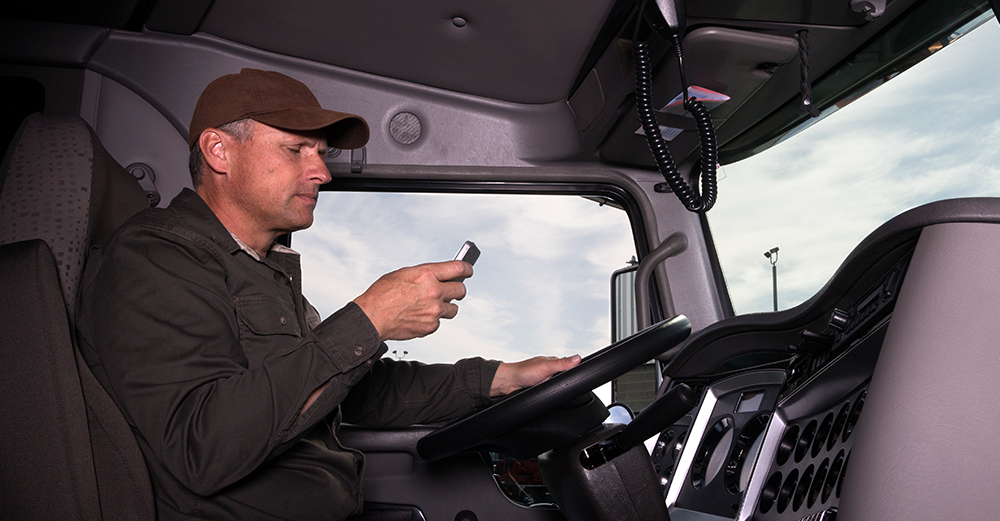Defining and Stopping Distracted Driving for Fleet Operators

UTICA NATIONAL RISK MANAGEMENT ALERT

Distracted driving is any activity that could divert a person’s attention from the primary task of driving. All distractions endanger driver, passenger, and pedestrian safety. These include texting, using a cell phone, eating and drinking, talking to passengers, grooming, reading (including maps), using a navigational system, watching a video, and adjusting music sources. However, text messaging is the most alarming distraction because it requires a driver’s visual, manual, and cognitive attention.
Statistics from the National Highway Traffic Safety Administration (NHTSA) show that 3,166 people were killed in motor vehicle crashes involving distracted drivers in 2017. The best way to end distracted driving is to educate all employees about its dangers. In addition to the information below, visit the U.S. government’s distracted driving website, www.nhtsa.gov, and share these facts with others.
Electronic Devices
The NHTSA notes that the percentage of drivers texting or visibly manipulating handheld devices decreased from 2.1% in 2016 to 2.0% in 2017, which is not a statistically significant decrease. Data show the average time your eyes are off the road while texting is five seconds. When traveling at 55 mph, that’s enough time to cover the length of a football field blindfolded.
Hands-Free: Not a Great Alternative
To date, research indicates that the cognitive distraction of having a hands-free phone conversation causes drivers to miss the important visual and audio cues that would ordinarily help them avoid a crash.
Helping Fleet Operators Stop a Bad Habit
Creating, implementing, and enforcing a fleet-wide policy on limiting mobile phone/device use is an effective first step. This will establish a behavior-based standard that should be maintained by all employees and should cover all mobile devices and communications, even on personal mobile phones, in all vehicles.
Fleet operators can then take the extra step of installing technology in the vehicles that measures and reduces distracted driving, ultimately driving down the frequency of collisions. These software-based distracted driving solutions are highly effective. Install one that:
- provides accurate driving detection;
- truly blocks phone usage (but allows navigation);
- has the ability to manage fleet divisions; and
- delivers reports on violations and periods of inactivity.
5-R-1203 | Ed. 01-2020
